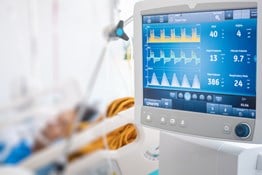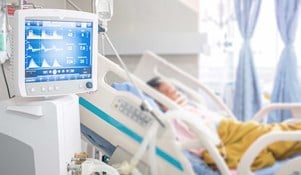Country selector

Corporate
Country Selector: Corporate
Ascom healthcare communication and collaboration solutions are trusted by over 8,500 hospitals around the world. Interoperable with many healthcare systems and medical devices, these solutions help clinicians deliver better care in less time. Ascom Myco smartphones integrate with medical devices, alert management systems, EMR, nurse call, personal alarm systems, and healthcare apps. Their modular design allows easy adaptation to changing needs and conditions. Ascom healthcare solutions cover everything from consulting to critical care management and everything in between.





